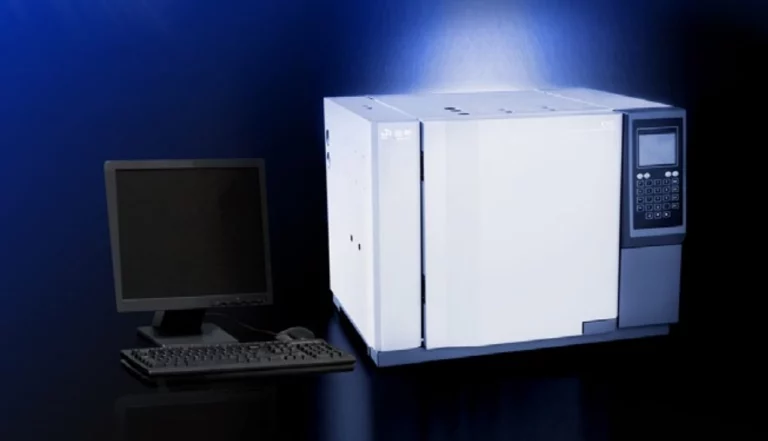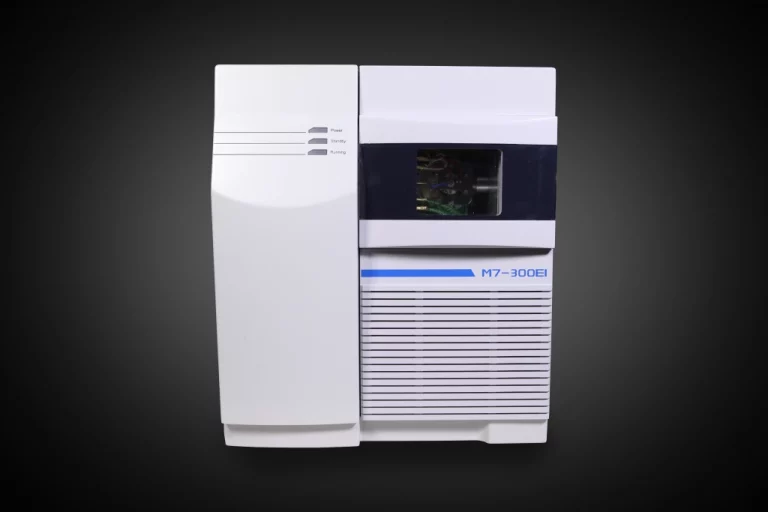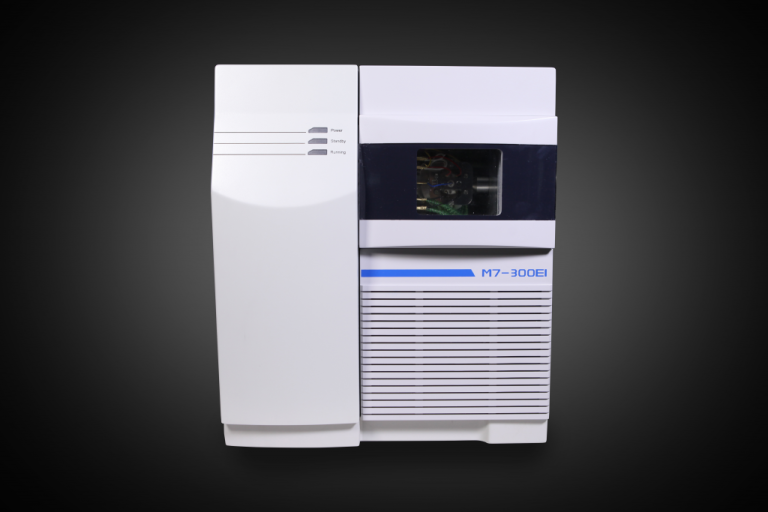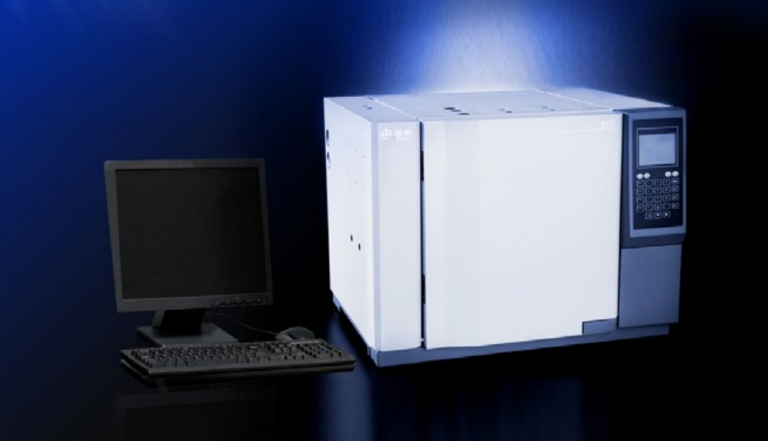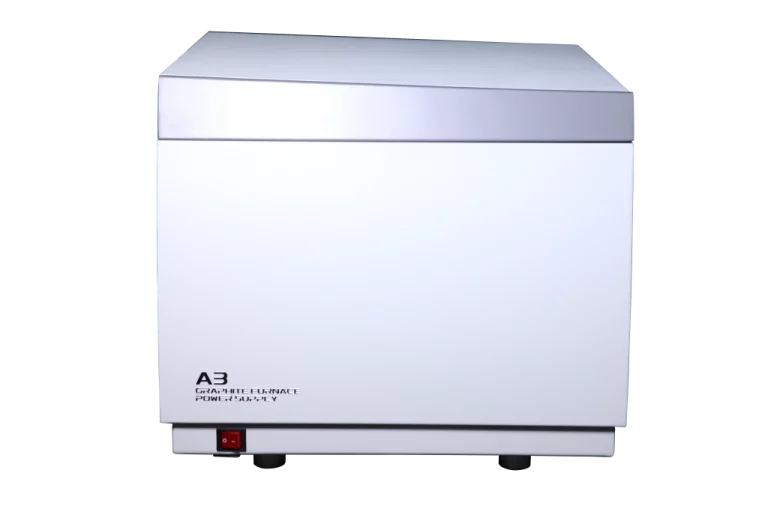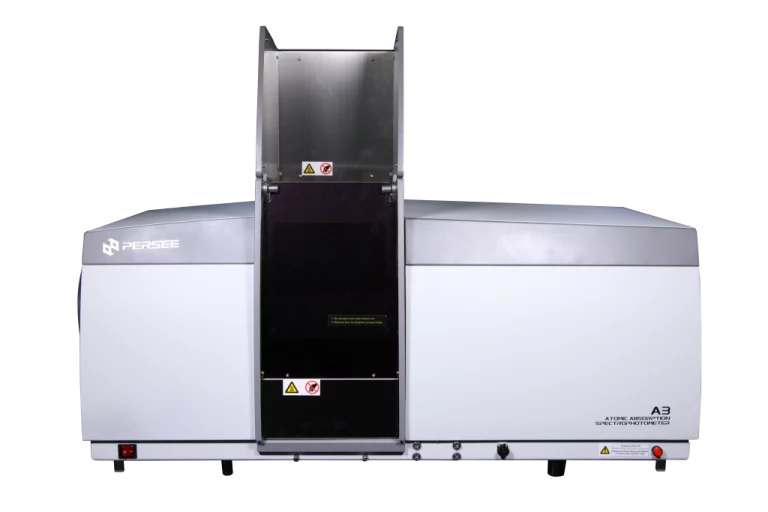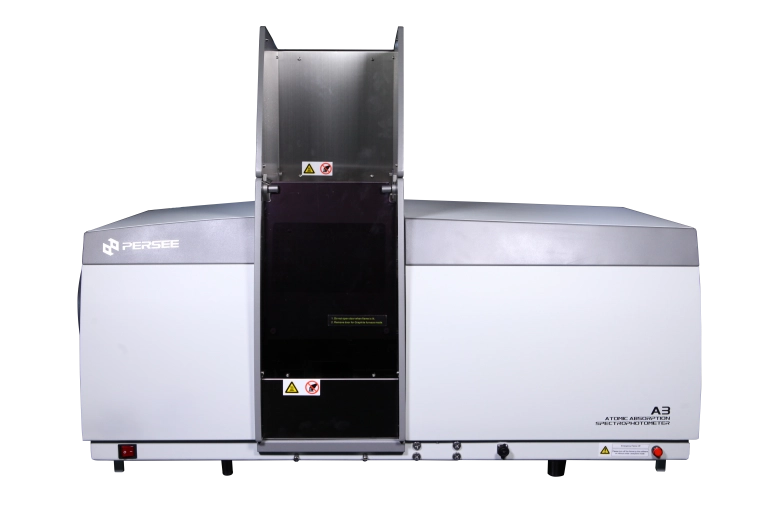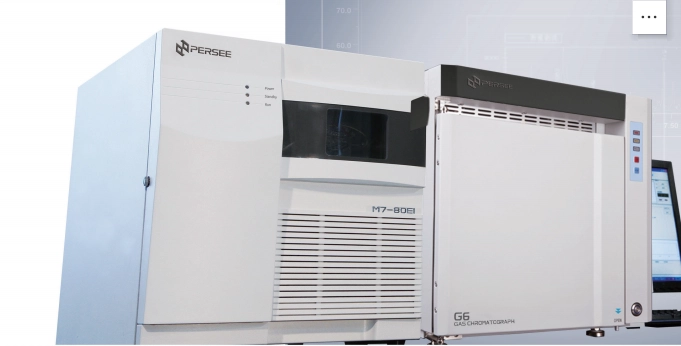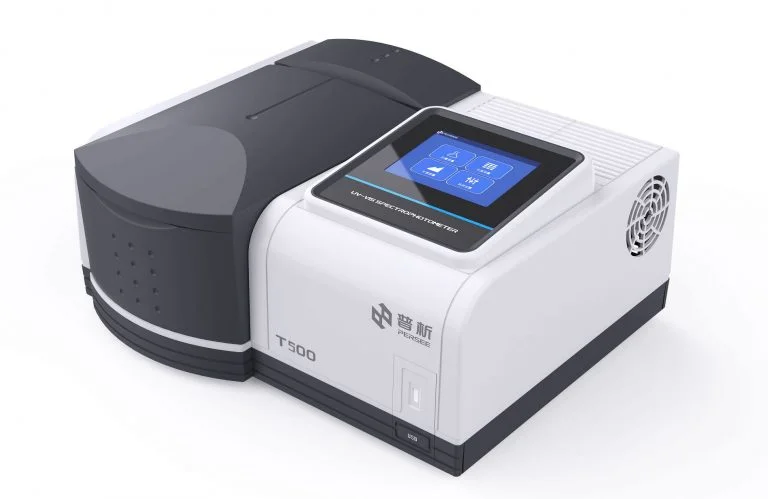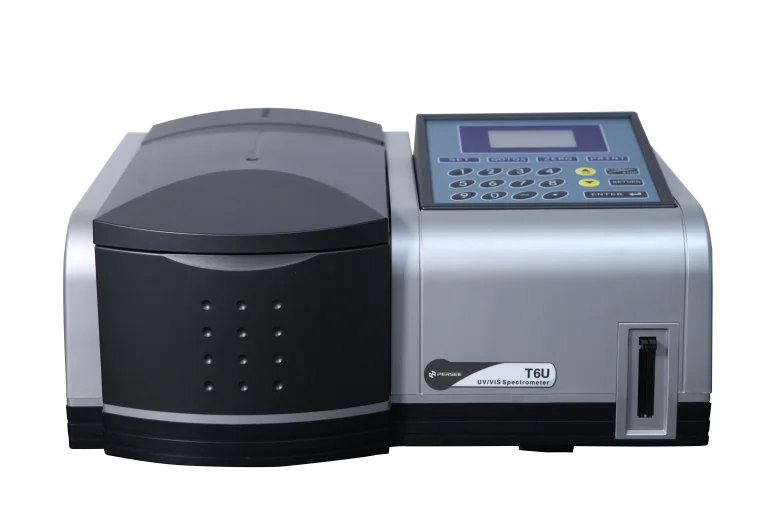Mass spectrometry is a strong tool that has changed fields like chemistry, biology, and environmental studies. If you’re new to this method, it can seem tough to understand. This guide explains the basics of mass spectrometry clearly and simply. It covers its main ideas and uses. Whether you’re a student, researcher, or worker in an industry, we’ll guide you through the steps.
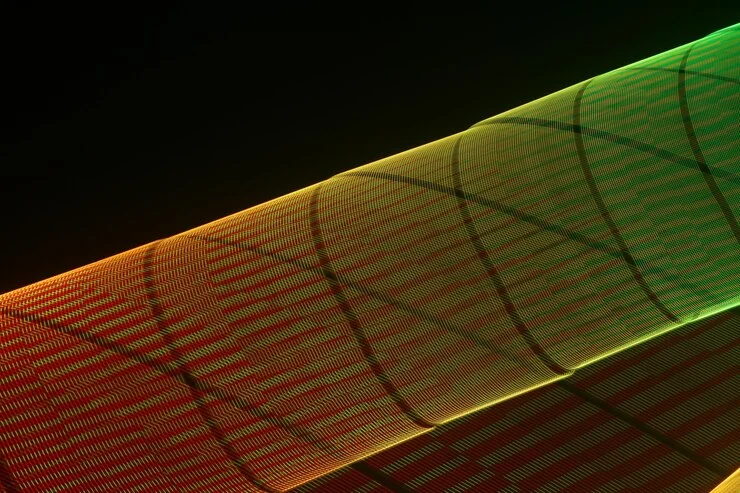
The Basics of Mass Spectrometry
What is Mass Spectrometry?
Mass spectrometry is a scientific technique utilized to identify and quantify substances based on their mass-to-charge ratio (m/z). This method transforms compounds into charged particles, or ions, for analysis. It provides precise information regarding the composition of a sample. One can liken it to an analytical tool that examines the molecular structure of a substance, akin to a fingerprint. Mass spectrometry is instrumental in detecting various components such as pollutants or proteins with remarkable accuracy.
Common Applications of Mass Spectrometry
Mass spectrometry is very flexible. Mass spectrometry helps in many areas. It’s used in pharmaceuticals for drug creation, environmental studies for pollutant detection, proteomics for protein analysis, and forensics for testing substances. Its flexibility makes it key in science.
It handles complex samples well. This makes it vital for researchers and workers needing dependable results.
Components of a Mass Spectrometer
A mass spectrometer is a complex machine with key parts. Each part has an important job in the process.
Fuente de iones
The ion source is where the sample gets charged. This step is key because only charged particles can be moved and studied. The ion source depends on the sample and the goal of the study.
The Function of the Mass Analyzer
The mass analyzer is the core of the machine. It separates ions by their mass-to-charge ratio. Different analyzers, like quadrupole or time-of-flight (TOF), give varying levels of clarity and sensitivity. For example, TOF analyzers are great for detailed work with complex samples. At PERSEE, our molecular spectrometers use advanced analyzers for accurate results.
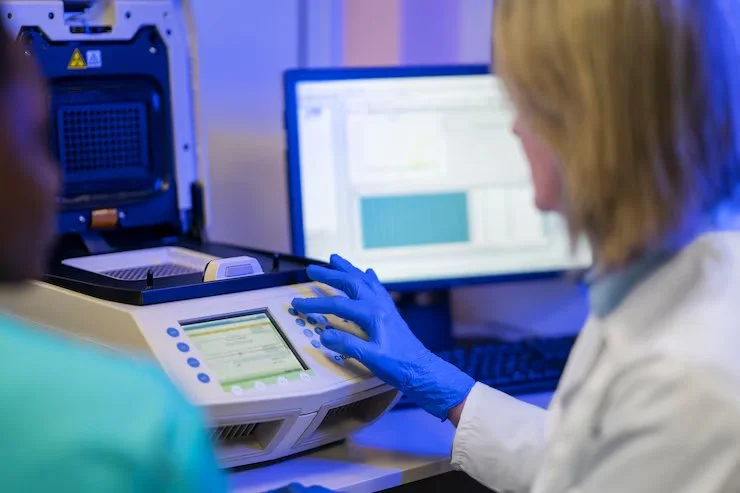
Detectors and Data Collection Mechanisms
After ions are separated, the detector counts them. It creates a signal. Common detectors, like electron multipliers or Faraday cups, turn ion hits into electrical signals. The data forms a mass spectrum. This is a chart showing ion strength versus mass-to-charge ratio. It helps researchers identify substances.
The Process of Mass Spectrometry Step by Step
Let’s break down the steps of mass spectrometry. This makes the method easier to grasp.
Ionization Methods and Their Importance
Ionization is the first step. It turns neutral molecules into ions. The method chosen affects the study’s quality.
Electron Ionization (EI) hits molecules with high-energy electrons. This makes them lose electrons and form positive ions. It’s great for small, stable molecules. But EI can break molecules apart, which may make analysis harder.
Matrix-Assisted Laser Desorption/Ionization (MALDI) uses a laser to charge molecules in a matrix. It keeps molecules intact. This is perfect for large molecules like proteins. It’s widely used in proteomics. Our espectrómetros atómicos support advanced ionization for many uses.
Acceleration
After ionization, ions are sped up through an electric field. They gain the same energy. This makes them move at steady speeds toward the mass analyzer. It ensures accurate separation.
Deflection
In the mass analyzer, ions are redirected by electric or magnetic fields. Lighter ions or those with more charge move more than heavier ones. This separates them by mass-to-charge ratio. The accuracy of this step sets the machine’s clarity.
Detección
The detector catches the separated ions. It records how many there are. The mass spectrum shows the sample’s makeup visually. Researchers use this to identify substances.
Data Interpretation and Results
To understand the data, the mass spectrum is compared to known standards or databases. Software makes this easier. It identifies substances and their amounts. For example, a peak at a certain m/z value might show a pollutant or protein.
Advantages and Limitations of Mass Spectrometry
Benefits in Analytical Chemistry and Research
Mass spectrometry has many strengths:
- High Sensitivity: It finds tiny amounts of substances, even at very low levels.
- Flexibility: It works with many samples, from small to large molecules.
- Accuracy: It gives exact details about molecular weight and structure.
- Speed: Results come quickly, often in minutes.
These benefits make it a top choice for researchers and workers.
Challenges and Constraints in Practical Applications
Mass spectrometry has some drawbacks:
- Cost: High-quality machines are pricey to buy and maintain.
- Complexity: It needs trained users and careful sample prep.
- Sample Needs: Some methods require specific sample types, limiting use.
- Interference: Overlapping signals or matrix effects can make analysis tricky.
Knowing these issues helps users plan better and pick the right tools.

PERSEE: A Trusted Supplier for Molecular and Atomic Spectrometers
Overview of PERSEE’s Expertise in the Field
At PERSEE, we’ve led the way in analytical tools since 1991. We’re based in Beijing. We focus on creating and building high-quality spectrometers. Our ISO9001, ISO14001, and CE certifications show our dedication to quality. We design our molecular and atomic spectrometers for industries like petrochemicals, pharmaceuticals, and environmental studies.
Why Choose PERSEE for Reliable Instrumentation?
We’re proud of our worldwide sales network and quick service. Our spectrometers, like the TU700 UV/Vis Spectrophotometer, offer fast scanning and high accuracy. They ensure dependable results. We focus on innovation and customer happiness. Our tools help your research succeed. Have questions about our products? Contact us to learn more.
Conclusión
Mass spectrometry is a very useful tool. Understanding its principles could help you use it for your research or work. At Perseguir, we’re here to provide excellent tools. Explore our solutions today. Boost your analytical skills.
FAQs About Mass Spectrometry
Q1. What Are the Main Uses of Mass Spectrometry?
A1. It’s used in pharmaceuticals for drug creation, environmental studies for pollutant detection, proteomics for protein analysis, and forensics for testing substances. Its flexibility makes it key in science.
Q2. How Reliable is Mass Spectrometry in Determining Compounds?
A2. Mass spectrometry is very precise. It typically achieves resolutions of below 1 part per million (ppm). It identifies substances reliably according to proper calibration and reference databases, even in very complex mixtures.
Q3. What Are the Differences Between GC-MS and LC-MS?
| Feature | GC-MS | LC-MS |
| Sample Type | Volatile, thermally stable | Non-volatile, polar compounds |
| Separation Method | Gas chromatography | Liquid chromatography |
| Ionization | Typically EI | ESI, APCI, or MALDI |
| Aplicaciones | Environmental, small molecules | Proteomics, pharmaceuticals |
GC-MS is great for volatile substances. LC-MS works better for biomolecules and polar compounds.

